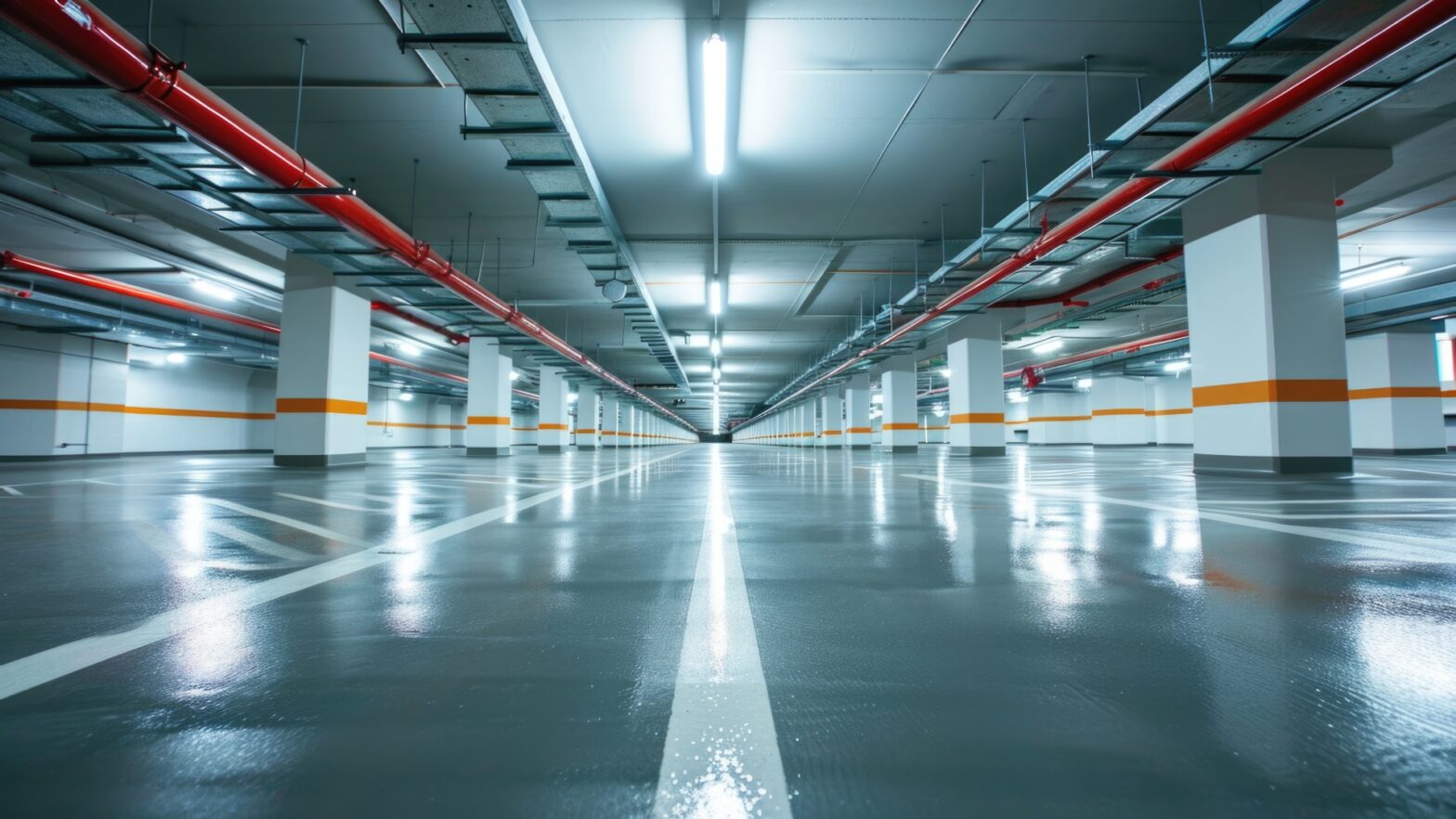Power tools are the workhorses of the construction industry, ensuring that more gets done faster. These implements have changed significantly since the loud, inefficient, and bulky power tools of yesteryear; many now come with features that laborers of a generation ago couldn’t even dream of, and more advances are always on the way.
Along with technology advancements such as AI for greater precision, the construction industry can rely on amazing power tools that get the job done like never before.
Today, we will examine the benefits of modern products so that you feel even more confident in your purchases when seeking power tools for sale.
Advances Ensure the Safety of Workers
Construction is incredibly dangerous thanks to the large machines, hectic work environment, and bulky materials that can easily lead to death. Power tool manufacturers recognize the serious hazards that workers face and have been working to create additional safety features that don’t detract from performance.
One of these is the growing switch from contact triggers to sequential triggers in nail guns. Research demonstrates that contact triggers are twice as likely to result in injury because they can easily double fire, resulting in nails ricocheting or penetrating a worker’s hand. This is because they do not require the tip to be fully depressed; instead, a worker can hold down the trigger and “bounce” the gun across the work surface.
In contrast, sequential triggers require the nose of the gun to be depressed before pulling the trigger and releasing the nail, meaning that it’s very difficult to misfire the nail gun. This helps prevent serious injuries that can lead to permanent nerve damage or even death.
Cordless Tools Allow for Portability
The adoption of lithium-ion batteries has been a game-changer for power tools, as this allows workers greater portability without sacrificing power or work quality. This is especially true for remote work areas, or the first stages of construction before power has been run to a building. Before, workers would have needed to use a generator or run long cords throughout the work site, risking trip hazards or electrocution from faulty outlets. Now, though, workers can carry their tools to hard-to-reach areas and continue working without hassle, switching batteries when necessary.
This has been especially useful in rural areas, where it may be difficult to find an outlet while running multiple tools, and this helps to improve access while encouraging contractors to take on projects outside of major metropolitan areas. While it’s unlikely that every power tool can be battery-powered, even a few cordless drills in a worker’s repertoire can make a huge difference.
Ergonomics Help Construction Laborers Work in Comfort
In previous eras, construction companies failed to recognize the toll that everyday power tools took on their workers, leading to repetitive stress injuries and discomfort that detracted from quality. Today, though, manufacturers recognize that power tools should balance comfort with efficiency, as this boosts productivity.
Soft hand grips, streamlined designs, and lightweight materials make sure that contractors can work for longer periods without additional fatigue. Removing distractions from hand cramps or awkward positioning also allows workers to focus on performing their duties rather than stopping to readjust constantly, which greatly impacts the finished product. Tired, uncomfortable workers simply cannot perform at their best, which makes ergonomics a must in any power tool.
Brushless Motors Keep Tools Going for Longer
Any unnecessary friction in the motor shortens its lifespan and leads to unnecessary purchases, which is why many manufacturers are providing higher-quality brushless motors. Instead of the traditional brush to create friction, these tools use magnetic components that generate the necessary torque, all without wearing down the motor bearings.
There are a few reasons why brushless motors are superior to older technologies, one of which is the fact that the brush friction creates sparks that can be fire hazards in high-risk environments. They also overheat easily and can suddenly lose power, which can be dangerous when a worker is busy trying to complete their tasks. Brushless motors remove many of these problems; they require less maintenance and have a longer lifespan, saving companies thousands in replacements and repairs over the same period.
Construction has changed significantly in the last few decades, introducing innovations that enhance safety and comfort. There’s no telling what may be beyond the horizon when it comes to power tools, whether that is more connectivity to the Internet of Things or even more efficient motors. Regardless, staying on top of technological advancements will serve construction companies well as they seek to meet demand across all sectors.

































